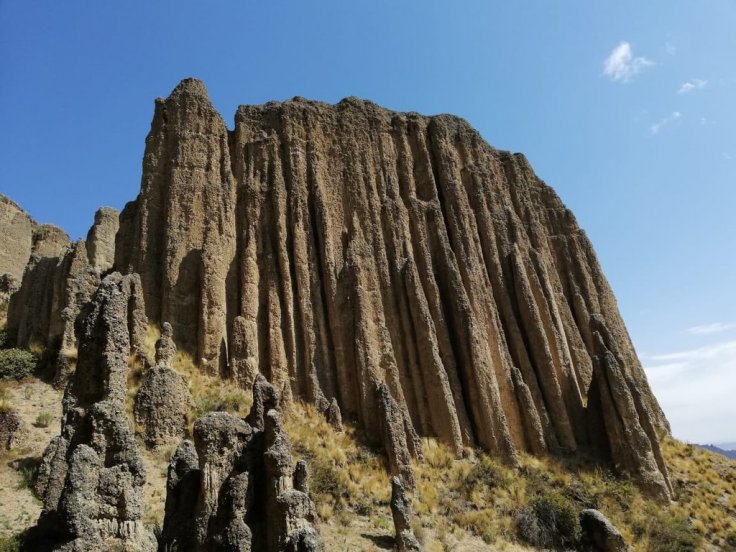Scientists have discovered 20 new species of plants and animals that have not seen in decades near the Bolivian capital of La Paz, Zongo Valley, which is known as the "heart" of the region.
According to the scientists, the discovery includes mountain fer-de-lance viper, Bolivian flag snake, lilliputian frog, as well as orchids and butterfly species. The findings were made on a 14-day expedition in March 2017. Details of the discovery co-led by Trond Larsen of the non-profit environmental group Conservation International were published on Monday, December 14.
The noises you hear are from nature in the Zongo valley include those of insects, frogs and birds calling, rushing sounds, and cascades of waterfalls, Larsen said. "Everything is covered in thick layers of moss, orchids, and ferns. We didn't expect to find so many new species and to rediscover species that had been thought to be extinct," he added.

New Species
Climate change, wildfires, and uncontrolled human activities have created several world species and those who could not cope with this dramatically changing environment, have gone extinct. Recently the IUCN Red List has warned that over 35,700 species including the world and animals are currently threatened with extinction. The updated list now includes all of the world's freshwater dolphins, 40 percent of all amphibians, and about one-third of all oak trees.
But among all these, the news about newly discovered species in the Bolivian Andes has given the idea that all hopes are not lost. There are a few species about which researchers were extremely excited. Even though some of the species are new to science, they are known to local indigenous communities.
The mountain fer-de-lance viper, an extremely venomous snake, was found in the region. Previously unknown this species has large fangs and heat-sensing pits on its head to detect prey.
The Bolivian flag snake has red, yellow, and green colors on its body. It was found in dense undergrowth at the highest part of the mountain in the region.
Another amazing animal, named the lilliputian frog, is among the smallest amphibians in the world, said Larsen. The brown color of its body and its tendency to hide inside moss or soil make the frog almost impossible to identify.
The researchers also found several orchids of different sizes, shapes, and colors while conducting research at the Zongo's valley. The scientists discovered Adder's mouth orchid which can mimic the insects to trick them to transfer pollen.
Apart from the new discoveries, the scientists found four species that were once thought to be extinct. This includes a devil-eyed frog, a black frog with deep red eyes that was last sighted almost 20 years ago. "We did not think that we would [find it] and when we did discover it, it was quite an epiphany, incredibly exciting," said Larsen. The researchers also rediscovered the satyr butterfly which was last seen 98 years ago in the valley.

Protection of Nature
Some of these species may not be found anywhere else in the world. With the changing climate, according to Larsen, the region's wildlife has started to adapt to the effects. Many of them are moving to higher ground to find cooler habitable conditions, traveling through forests that lead into the mountains.
"Unless you keep those corridors of forest intact then those animals and plants have no way to move and no way to adjust to those changing conditions" explained Larsen. He added that protecting places like Zongo is very essential in the face of climate change.
Luis Revilla, mayor of La Paz, said in a statement that the importance of protecting this valley is "clearer than ever" and vowed to preserve the nearby natural resources that are "important to our wellbeing".









